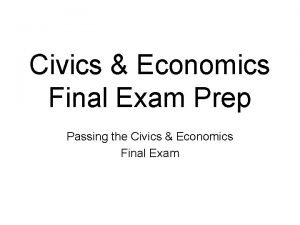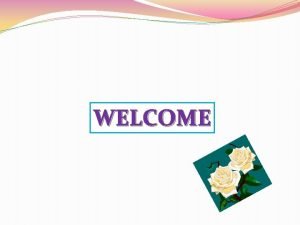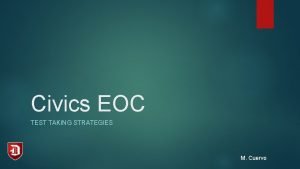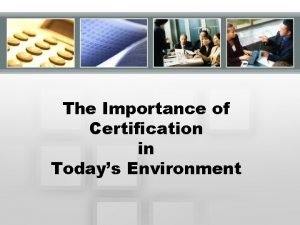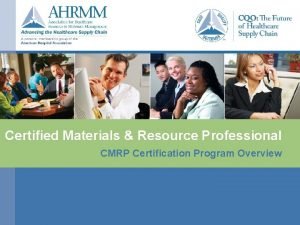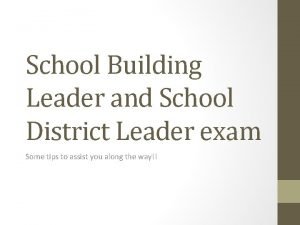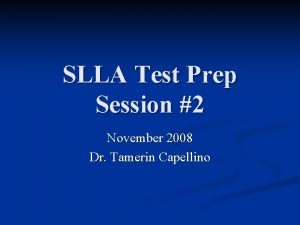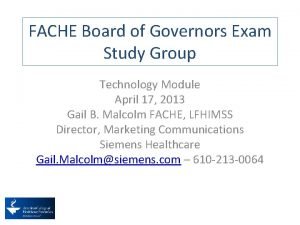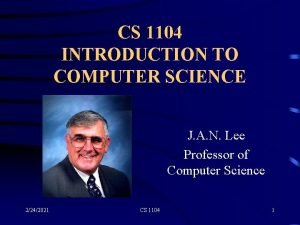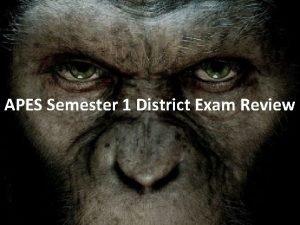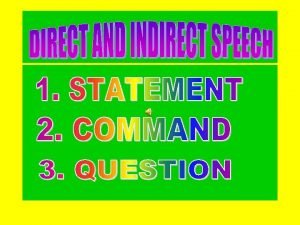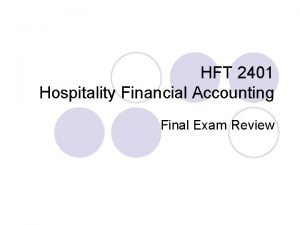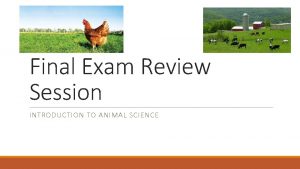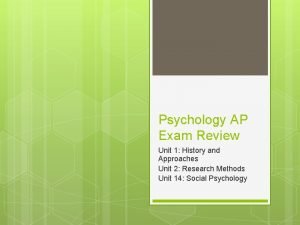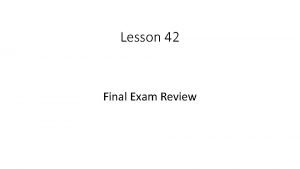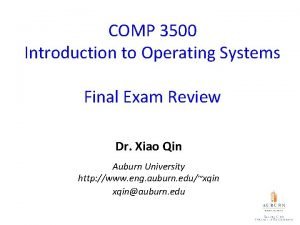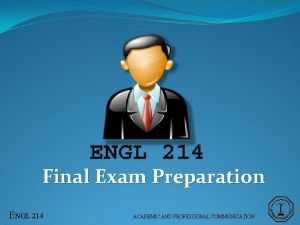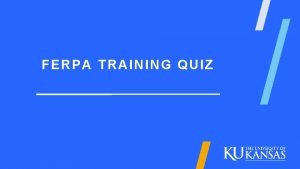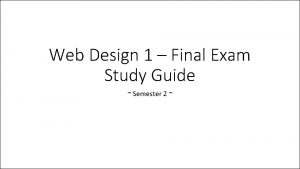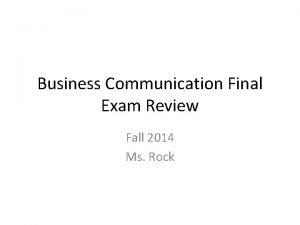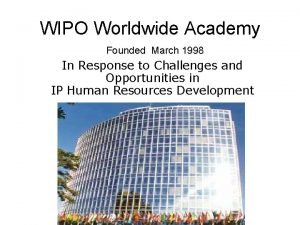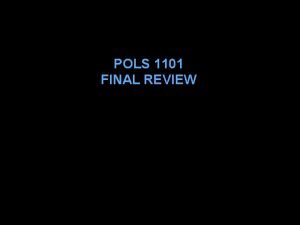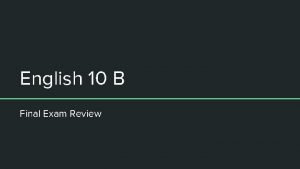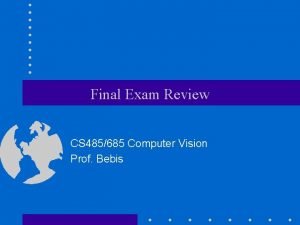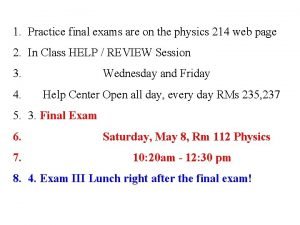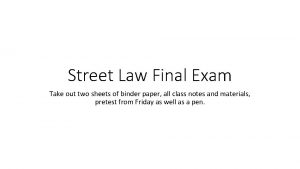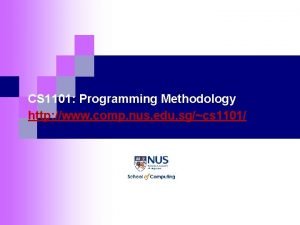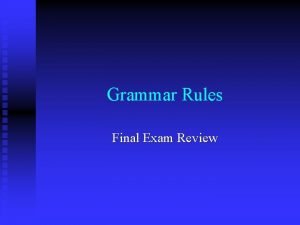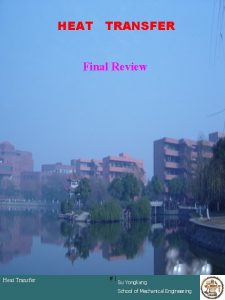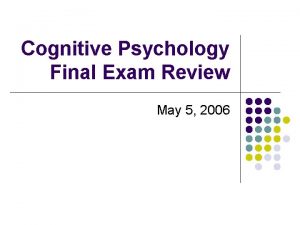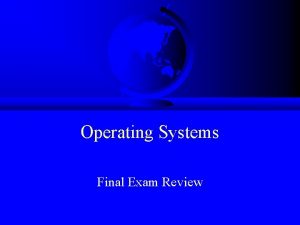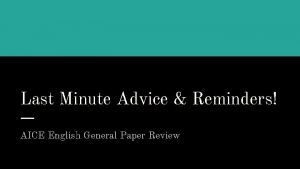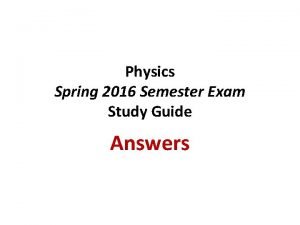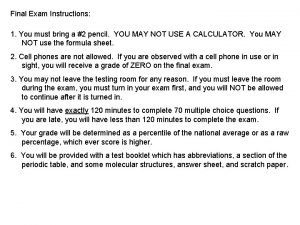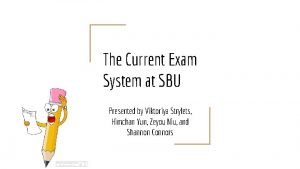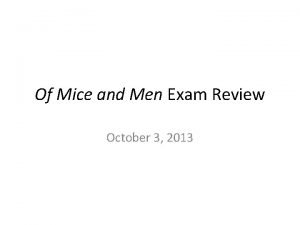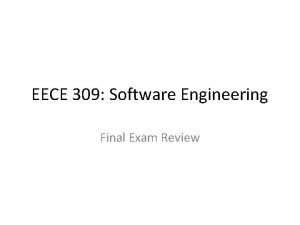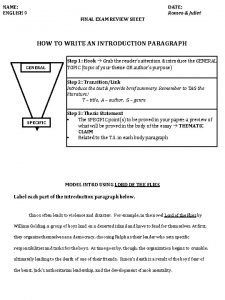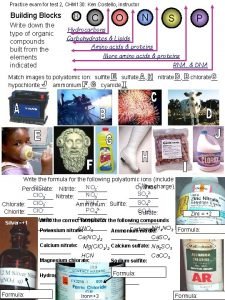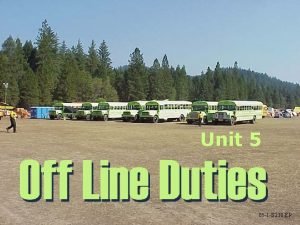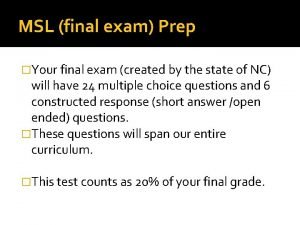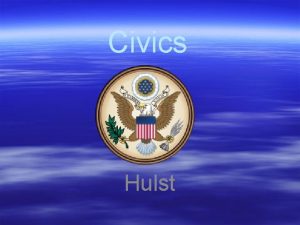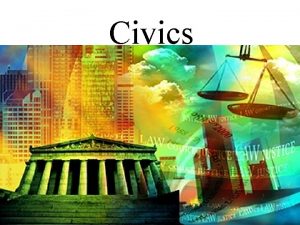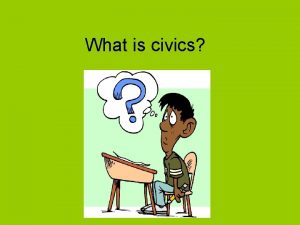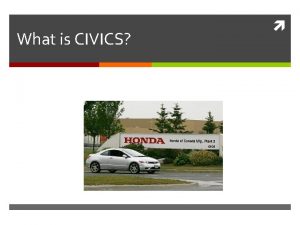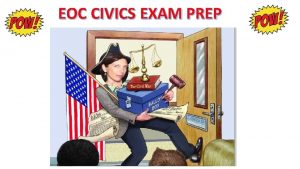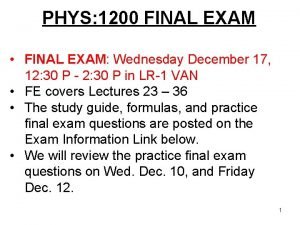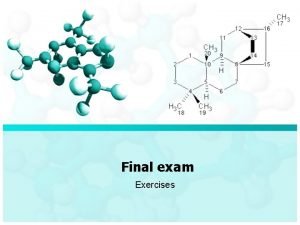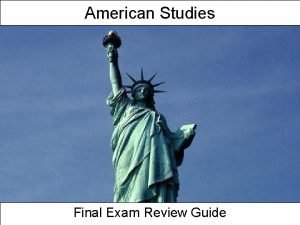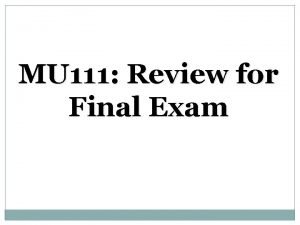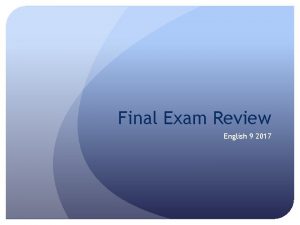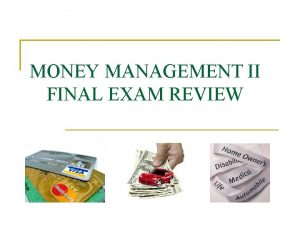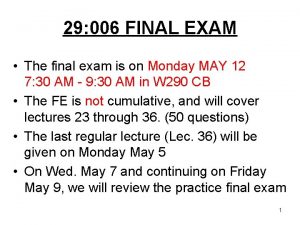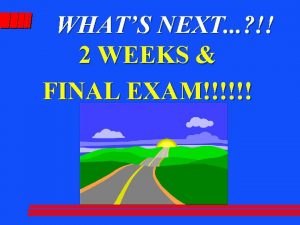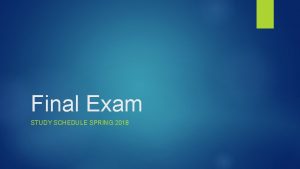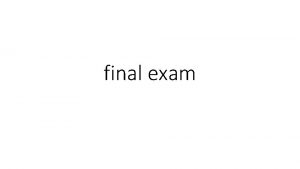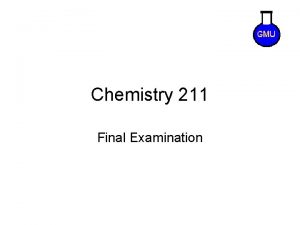Civics Economics Final Exam Prep Passing the Civics





































































- Slides: 69

Civics & Economics Final Exam Prep Passing the Civics & Economics Final Exam

Goal 1: The learner will analyze the foundations and development of American government in terms of principles and values. Clarifying Objective Explain how the tensions over power and authority led America’s founding fathers to develop a constitutional democracy (e. g. , mercantilism, salutary neglect, taxation and representation, boycott and protest, independence, American Revolution, Articles of Confederation, Ben Franklin, George Washington, John Adams, Sons of Liberty, etc. ).

Magna Carta, 1215 • An English document draw up by nobles under King John which limited the power of the king. It has influenced later constitutional documents in Britain and America.

Enlightenment Philosophers • John Locke – Natural rights, rights people are born with, government can’t take away. • Montesquieu – Separation of powers, dividing government power among legislative, executive, & judicial branches. • Rousseau – Social contract, people give up some rights in order to receive social order.

VA House of Burgesses, 1619 • The Virginia House of Burgesses formed the first legislative body in colonial America. Other colonies would use the houses of burgesses as a model for their colonial legislature. • Based on the design of Britain’s Parliament

Mercantilism • Possession of colonies provided countries both with sources of raw materials and markets for their manufactured goods. Great Britain exported goods and forced the colonies to buy them.

Long-term causes of Revolution • • • Anger over foreign rule Mercantilism Tradition of self-government Violation of natural rights and civil liberties “No taxation without representation”

Short-term causes of Revolution • “Shot heard around the World” fired at Lexington and Concord • Thomas Paine’s “Common Sense” • Declaration of Independence

Declaration of Independence, 1776 • Second Continental Congress • Signed July 4, 1776 • It dissolved the colonies' ties with Britain, stated natural rights, listed grievances against King George III, and declared the colonies to be an independent nation.

Articles of Confederation • Powers rested with the individual states. • Major weakness - gave little power to the federal government – No power to tax or regulate commerce • Major success - settled western land claims with the Northwest Ordinance. • Shay’s Rebellion led to the Constitutional Convention.

Goal 7: The learner will investigate how and why individuals and groups make economic choices.

Factors of Production • Resources necessary to produce goods and services • The four factors of production are natural resources, labor, capital, and entrepreneurs.

Natural Resources • Gifts of nature that make production possible

Labor • Human effort directed toward producing goods and services

Capital • Previously manufactured goods used to make other goods and services

Entrepreneurs • Individuals who start new businesses, introduce new products, and improve management techniques

Scarcity • Not having enough resources to produce all of the goods and services we would like to have

Trade-offs • The alternative you face if you decide to do one thing rather than another

Opportunity Costs • The cost of the next best alternative use of time and money when choosing to do one thing rather than another

Law of Diminishing Returns • The tendency for a continuing application of effort or skill toward a particular project or goal to decline in effectiveness after a certain level of result has been achieved.

Marginal Utility • The additional satisfaction a consumer gains from consuming one more unit of a good or service.

Productivity • The degree to which resources are being used efficiently to produce goods and services

Specialization • When people, businesses, regions and/or nations concentrate on goods and services that they can produce better than anyone else

Division of Labor • The breaking down of a job into separate, smaller tasks to be performed individually

Needs • Requirements for survival, such as food, clothing, and shelter

Wants • Things we would like to have, such as entertainment, vacations, and items that make life comfortable and enjoyable

Cost-Benefit Analysis • Economic model that compares the marginal costs and marginal benefits of a decision

Command Economy • An economic system in which the major economic decisions are made by the central government

Market Economy • An economic system in which individuals own the factors of production and make economic decisions through free interaction

Mixed Economy • An economic system combining the characteristics of more than one type of economy

Traditional Economy • An economic system in which the decisions of what, how, and for whom to produce are based on custom or habit

Civics & Economics Top 100 What every student should know to pass the Civics & Economics EOC Goal 8

Goal 8: The learner will analyze features of the economic system of the United States.

Economic Questions • Economics is the study of how we make decisions in a world where resources are limited. • WHAT to produce? • HOW to produce? • FOR WHOM to produce?

Free Enterprise System • Economic system in which individuals and businesses are allowed to compete for profit with a minimum of government interference

Circular Flow Model • Circular flow shows us that input from each sector and to each sector spurs on production and thus goods and services are created.

Supply • The amount of goods and services that producers are able and willing to sell at various prices during a specified time period • Law of Supply – the principle that suppliers will normally offer more for sale at higher prices and less at lower prices

Demand • The desire, willingness, and ability to buy a good or service • Law of Demand – the concept that people are normally willing to buy less of a product if the price is high and more of it if the price is low

Types of Income • Wages – Payment for labor or services to a worker, especially remuneration on an hourly, daily, or weekly basis or by the piece. • Salary – Fixed compensation for services, paid to a person on a regular basis.

Surplus • Situation in which quantity supplied is greater than quantity demanded • Situation in which government spends less than it collects in revenue

Shortage • Situation in which quantity demanded is greater than quantity supplied

Competition • The struggle that goes on between buyers and sellers to get the best products at the lowest prices

Types of Businesses • Sole Proprietorship – a business owned and operated by a single person • Partnership – a business owned by two or more people • Corporation – type of business organization owned by many people but treated by law as though it were a person

Labor Unions • Association of workers organized to improve wages and working conditions

Investments • An asset or item that is purchased with the hope that it will generate income in the future. • In an economic sense, an investment is the purchase of goods that are used in the future to create wealth. • In finance, an investment is a monetary asset purchased with the idea that the asset will be sold at a higher price in the future.

Civics & Economics Top 100 What every student should know to pass the Civics & Economics EOC Goal 9

Goal 9: The learner will analyze factors influencing the United States economy.

Business Cycle • Alternating periods of growth, and decline that the economy goes through

Economic Indicators • Series of statistical figures, such as the consumer price index or the gross domestic product, used by economists to predict future economic activity.

Consumer Price Index • An index of prices used to measure the change in the cost of basic goods and services in comparison with a fixed base period. Also called cost-of-living index.

Gross Domestic Product (GDP) • The total market value of all the goods and services produced within the borders of a nation during a specified period.

Government Regulation • A regulation is a legal restriction promulgated by government administrative agencies through rulemaking supported by a threat of sanction or a fine. • Common examples of regulation include attempts to control market entries, prices, wages, pollution effects, employment for certain people in certain industries, standards of production for certain goods and services.

Globalization • Individuals and nations working across barriers of distance, culture, and technology

Downsizing • To become smaller in size by reductions in personnel

Regional Economic Issues • North Carolina’s furniture and textile industries have been affected by globalization. Many factories in North Carolina have closed.

Tariffs • A customs duty; a tax on an imported good

North American Free Trade Agreement (NAFTA) • An agreement between the United States, Canada, and Mexico to establish free trade. It took effect in 1994 and is designed to eliminate trade barriers between the three nations by 2009.

World Trade Organization (WTO) • An international organization based in Geneva that monitors and enforces rules governing global trade

European Union (EU) • An economic and political union established in 1993 by members of the European Community. • The establishment of the European Union expanded the political scope of the European Economic Community, especially in the area of foreign and security policy, and provided for the creation of a central European bank and the adoption of a common currency, the euro.

Federal Reserve System • A U. S. banking system that consists of 12 federal reserve banks, with each one serving member banks in its own district. This system, supervised by the Federal Reserve Board, has broad regulatory powers over the money supply and the credit structure.

National Debt • The debt of the government; the amount of borrowing by the government to meet expenditures exceeding tax revenues.

Inflation • Sustained increase in the general level of prices

Civics & Economics Top 100 What every student should know to pass the Civics & Economics EOC Goal 10

Goal 10: The learner will develop, defend, and evaluate positions on issues regarding the personal responsibilities of citizens in the American constitutional democracy.

Civic Responsibilities • It is comprised of actions and attitudes associated with democratic governance and social participation. • Civic responsibility can include participation in government, church, volunteers and memberships of voluntary associations.

Discrimination • Unfair treatment based on prejudice against a certain group

Freedom • Freedom emphasizes the opportunity given for the exercise of one's rights, powers, desires, or the like: freedom of speech or conscience; freedom of movement.

Public Problems • • • Under employment Education needs Graft and corruption Citizen apathy Disease Poverty Substance abuse Discrimination Waste Disposal Homelessness Crime Pollution

Choices • The power, right, or liberty to choose
 Civics and economics final exam
Civics and economics final exam Civics and economics
Civics and economics Civics 360.org
Civics 360.org Cdfm exam passing score
Cdfm exam passing score Cmrp appro
Cmrp appro Psychiatry shelf percentiles
Psychiatry shelf percentiles School building leader exam
School building leader exam Pe nuclear exam prep
Pe nuclear exam prep Slla exam prep
Slla exam prep How hard is the fache exam
How hard is the fache exam Maastricht university school of business and economics
Maastricht university school of business and economics Econ213
Econ213 Cs 1104 final exam
Cs 1104 final exam Apes semester 1 final exam
Apes semester 1 final exam His father said to him you must study harder
His father said to him you must study harder Financial accounting final exam multiple choice
Financial accounting final exam multiple choice Animal science final exam
Animal science final exam Noah carried a skateboard
Noah carried a skateboard Psyc 1504 final exam
Psyc 1504 final exam 42 final exam
42 final exam Operating systems final exam
Operating systems final exam Stoichiometry final exam
Stoichiometry final exam English semester 2 final exam
English semester 2 final exam Prayer before getting exam results
Prayer before getting exam results Engl 214
Engl 214 Us history final exam study guide
Us history final exam study guide Ap world history final exam
Ap world history final exam Ferpa test answers
Ferpa test answers Abc final exam practice test
Abc final exam practice test Chemistry fall semester exam review answers
Chemistry fall semester exam review answers Web design final exam
Web design final exam Business communication final exam
Business communication final exam Hospitality and tourism final exam
Hospitality and tourism final exam Wipo dl-101 final exam question paper
Wipo dl-101 final exam question paper Pols 1101 final exam
Pols 1101 final exam English 10 b final exam
English 10 b final exam Computer vision final exam
Computer vision final exam Chemistry 151 final exam
Chemistry 151 final exam Algebra 1 semester 2 final review
Algebra 1 semester 2 final review ____________is used to give the tab space in vb.net.
____________is used to give the tab space in vb.net. Physics 101 final exam
Physics 101 final exam Street law final exam
Street law final exam Cs 1101 programming fundamentals final exam
Cs 1101 programming fundamentals final exam Amdm final exam answers
Amdm final exam answers Speech final exam
Speech final exam Heat transfer final exam
Heat transfer final exam Entrepreneurship 1 final exam review
Entrepreneurship 1 final exam review Psyc 1504 final exam
Psyc 1504 final exam Operating systems final exam
Operating systems final exam Aice english general paper
Aice english general paper Physics semester 1 final exam study guide answers
Physics semester 1 final exam study guide answers Fundamentals of patrolling
Fundamentals of patrolling Biology second semester final exam answers
Biology second semester final exam answers Uic exam schedule
Uic exam schedule Final exam instructions
Final exam instructions Sbu finals schedule
Sbu finals schedule Ap gov review final exam review
Ap gov review final exam review Earth science final
Earth science final Final exam environmental science
Final exam environmental science World literature in english
World literature in english Of mice and men exam
Of mice and men exam Hbs final exam practice test
Hbs final exam practice test Software engineering final exam
Software engineering final exam Romeo and juliet final exam study guide
Romeo and juliet final exam study guide Usf final exam matrix
Usf final exam matrix Chem 130 final exam
Chem 130 final exam Definition of a circle in geometry
Definition of a circle in geometry Tolerates no challenge to his authority
Tolerates no challenge to his authority S-230 crew boss quizlet
S-230 crew boss quizlet Spanish 2a final exam answers
Spanish 2a final exam answers
